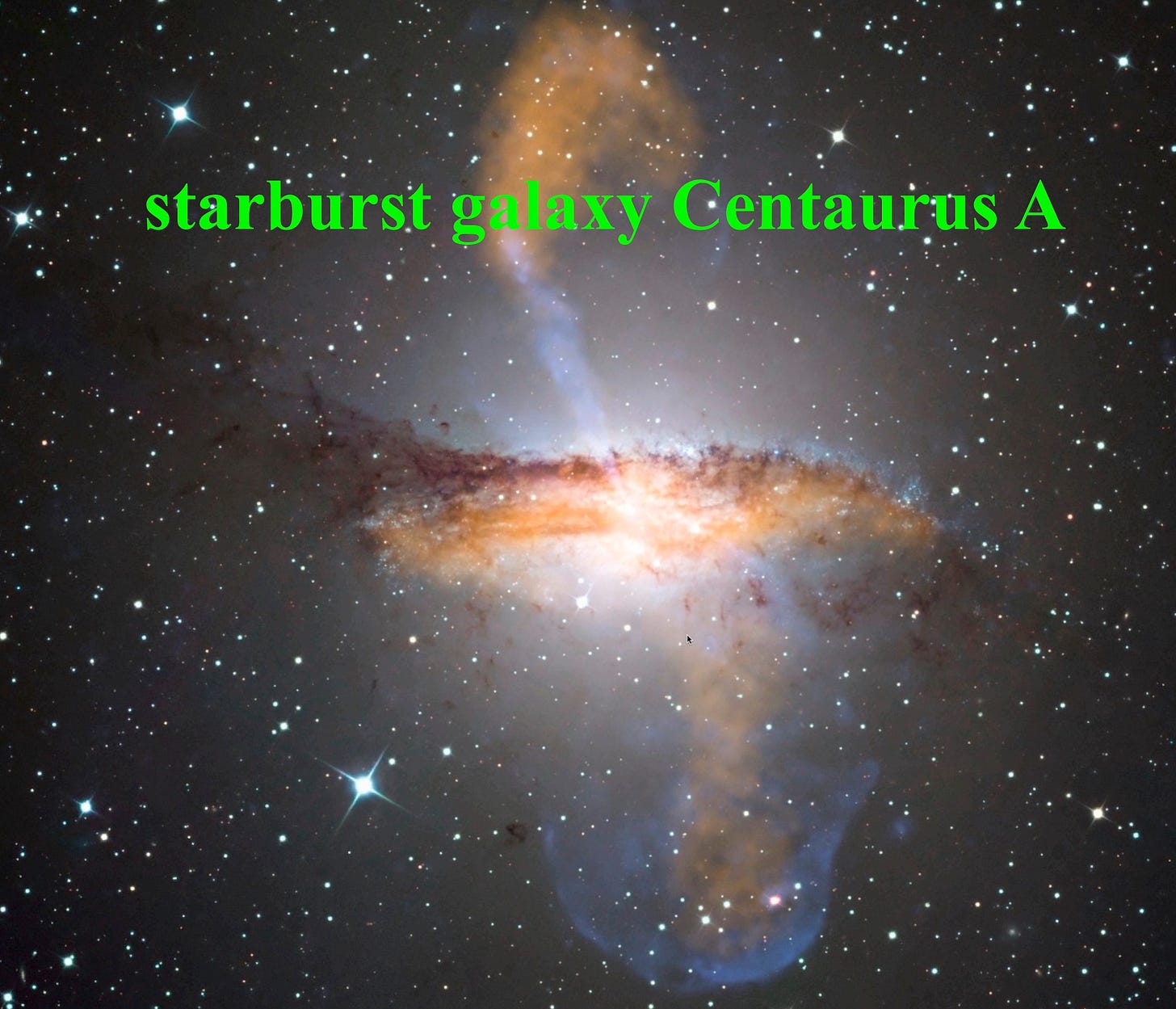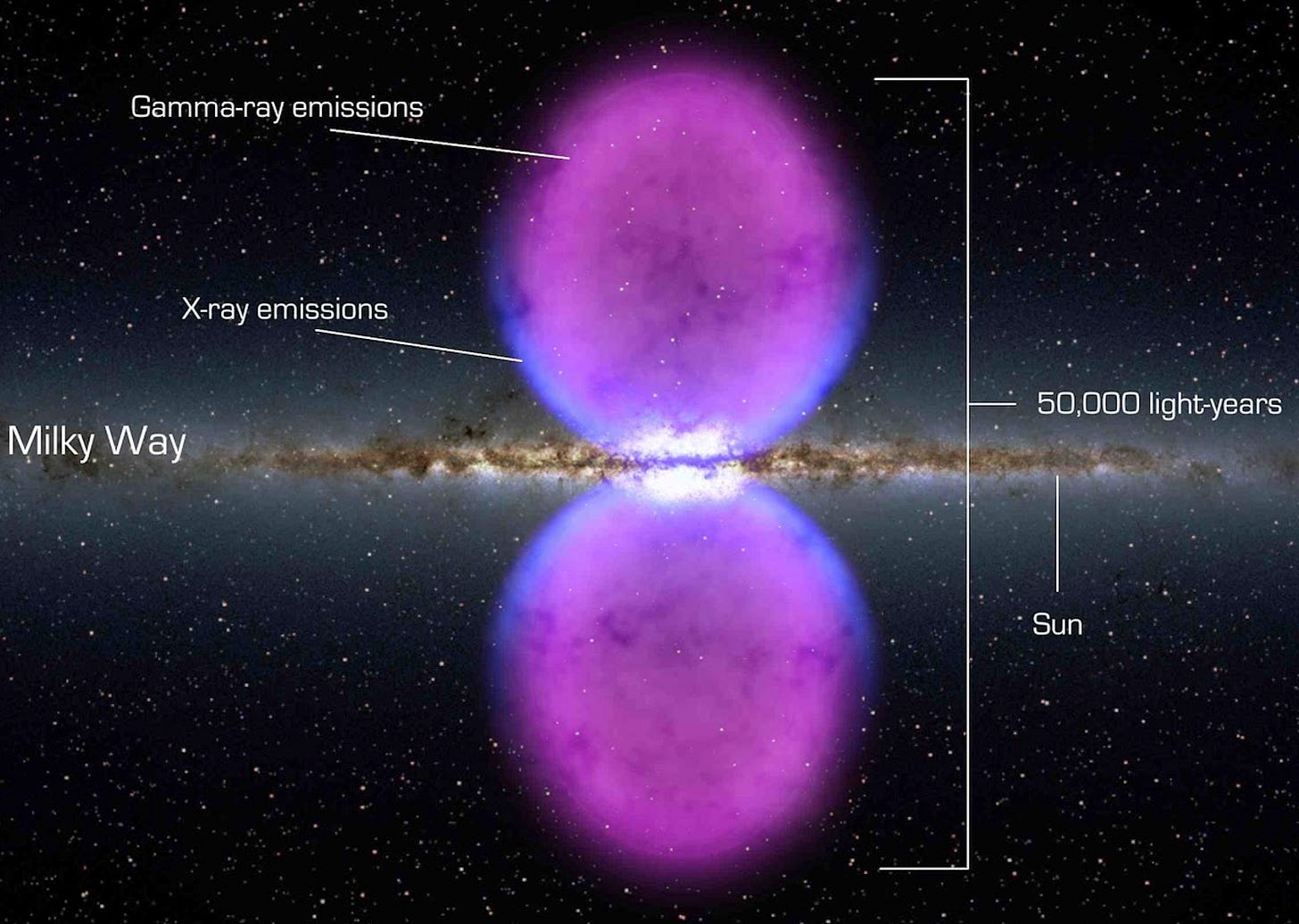copyright 2025 Ken W.
Lets solve a mystery of the universe in the ONLY simple way that simple hippie-chick Mother-Nature creates it to begin with. The KEY or PRIMER (like a map legend!) is to understand the two simplex conjugate geometries of the universe, which are the (overlapping and perfect puzzle piece matching) Hyperboloid (inertia/acceleration, towards rest and counterspace) and the Torus (force/motion/centrifugal, towards the creation of space, is force). As I have stated endless times, magnetism is the dielectric field, just as ice would be the ‘field of’ (so to say) of cold water.
Both geometries (Torus/Hyperboloid) are UNIQUE, but also ONE thing expressing different force/inertia states! Like ice and water both expressing water in different temperatures states. So simple yes!? Superimpose a torus and a hyperboloid over each other and you have, of course, a sphere. But the center of this sphere is no-THING (not nothing!), the hollow or navel of REST, of TRUE (definition) ENERGY. I scoff at those who scoff at ‘counterspace’, the premise thereof, since everything in the universe is either coming FROM a ‘hole’ or back into a hole, literally REST/ENERGY. Absolutely everything, both in life and in the universe. I will quote E. Dollard who accurately said “It is absolutely IMPOSSIBLE for you to comprehend power/electricity/fields without understanding counterspace.” To say rest/counterspace/zero-point are the words of foolish humans, Nature doesn’t care what dumb humans refer to it as, and I wont bother about what term someone uses.
All matter is compounded hydrogen, check! Hydrogen is super-high energy light several magnitudes above that of gamma radiation, double check! Its emission, in the conjugate geometries of inertia/force (hyperboloid and the torus) MUST be an emission from the REST-NEXT of stellar geometries, and all evidence shows this is the case, SMBH (supermassive black holes) are emitting out trillions of tons of hydrogen (called astrophysical jets, or galactic jets), along the processional axis of their fields. Based on this simplex conjugate understanding, therefore, LESS than hydrogen-level REST geometries would emit out LESS THAN hydrogen, which would be (see below) gamma radiation and X-rays; and of course this is the case of our milky way galaxy and observed countless others. Matter manifests when frequency becomes SO HIGH a propagation barrier threshold is reached where light no longer exists, rather matter (hydrogen) itself. I predicted this discovery years ago and it was only recently discovered to be true.
What is the plane of inertia in the schema of this conjugate geometry? The plane of inertia is where most ALL matter of a spiral arm galaxies exist. This disc-plane is the LOWEST REST point of MATTER against the geometric ‘fight’ between the magnetic/torus and the inertia/hyperboloid. This disc of matter and life always rests AGAINST the pressure of these conjugate fields, and always at that location with respect to both torus and hyperboloid. It’s the REST NEXUS of matter and life; just as the center of BOTH the torus and hyperboloid, where NO-THING is (like our apple with hollows containing seeds) is the REST NEXUS of energy itself. A Curvilinear Force Vector (a 3D force vector) always ‘paints’ out the geometry of a torus, 100% of the time without failure. A rest/acceleration/centripetal vector of inertia always ‘paints’ out the geometry of a hyperboloid, 100% of the time without failure.
Rest is capacitance and the TRUE definition of ‘energy’. An apple is a TORUS, and represents the WORK (=FORCE) of the apple tree, its converted sunshine to energy, energy, minerals from the roots, the water it collects, and its energy sacrificed in the creation of the (many countless) apples. The REST of the apple are the seeds at the center which (of course!) contains the POTENTIAL (=REST/ENERGY) for future apple trees and endless apples. These seeds sit in tiny hollows at the center of the apple.
The University of California San Diego found odd radio circles (ORCs), the image below with the bluish-green lines, and were perplexed! Well these are force emissions and therefore must extrapolate out a torus, which as you can see, look no different than a peeled orange and the lines of its slices. Of course a peeled orange is a simplex torus. Just as a tree generates fruit and seeds, spitting out its power in creating a new nexus for its propagation, so too do these SMBH emit out trillions of tons of super high energy light, which we humans call hydrogen, which of course is the building block of ALL ATOMS. You can see this in the image below of starburst galaxy Centaurus A, the center of which is REST, emitting out endless trillions of tons of hydrogen, which are the ‘seeds’ of future stars and galaxies and life, and of course the cycle repeats itself without end.
As you now see, you only need to fully understand TWO geometries, what they are and how they work together and against one another, to fully grasp the entirety of the universe from one end to the other. You DON’T need a calculator for this, no formulas, no measuring sticks, no telescope, no microscope, no ‘advanced degree’. Do you think Mother Nature (so to say) has or uses any of that trash to paint out this universe? You cannot possibly say yes. It is utterly impossible. Simplicity is Divinity, is the Divine itself. I keep getting asked, but my email and free books and articles are in the description of every video.






Wow, nature is simple when clearly explained - Thank you, Ken!
Yes. 1 to 7 states of water then back again - 13th = 1st
Black Holes as Magnetic Cores of Systems
In Meraai's model, the black hole isn't just a massive, invisible object in space—it represents the magnetic heart or core of any system. It's the gravitational center that draws and holds the energy of a system in balance. This balance is essential because, without it, the system would either collapse or fly apart. The black hole acts as the anchor, keeping things together while maintaining harmony within the system.
Two Systems Coming Together: Attraction at the Core
Imagine two systems—let's call them System A and System B. System A holds the information "abc," and System B holds the information "123."
As these two systems get closer, their cores (the magnetic black holes) begin to interact. The magnetic force attracts them to one another, like two magnets pulling toward each other. The point where these systems meet, where their energies combine, is what we can call the X-point. This is where the true transformation happens.
At this X-point, the information from each system starts to share and exchange. Think of it like two people talking, each offering pieces of their knowledge and experience. This exchange can lead to a merging of information or restructuring of the systems into new forms.
Possible Outcomes: Fusion or Division
Once the two systems interact, there are a number of possibilities for how the information and structure might evolve:
1. Full Fusion – System A and System B might completely merge, creating a single, unified system with the combined information from both (abc123).
2. Partial Fusion – Instead of a complete merge, they might split their information in different ways. For example:
System A could become a new system with part of its original information and part of System B’s—say, "12bc."
System B might be left with just "3," while a third system could emerge to hold "a."
3. Multiple Systems – The process doesn’t have to stop at two systems. Instead of merging into one or two systems, the exchange might result in the creation of multiple new systems—as many as 6! (720) different combinations of information, structures, and relationships.
How This Reflects Larger Patterns
This phenomenon of systems combining and dividing mirrors the behavior seen in nature and in the universe. For instance:
Biological Cells: Like the division of cells in biology, where one cell becomes two, each carrying portions of the original genetic information.
Energy Systems: Think of how energy systems merge or split—like the formation of stars from dust clouds or the way electrons share energy.
Quantum Entanglement: In quantum physics, when two particles become entangled, their information can be exchanged or shared, even across great distances.
Why This Matters
This process of combining and dividing systems is central to Meraai's model of creation and transformation. The magnetic cores, or black holes, represent the heart of any system, pulling it into new configurations and possibilities. Each interaction between systems offers the potential for growth, change, and new combinations of energy, leading to infinite possibilities.
This explanation shows how the black hole serves as a central, balancing force in the creation and transformation of systems, and how the exchange of information leads to endless possibilities for evolution and restructuring.
I love your work Ken. The first person to explain rationally the pictures i "see" in my head.
Thank you.
Meraai